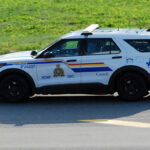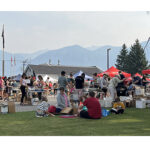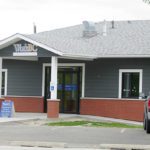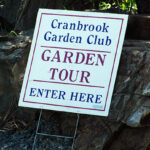Home »

Is your property wildfire prepared?
With the warmer weather closing in, many of us are beginning to think about our yards and gardens – planning for the summer months. Along with the planning and preparation, residents and property owners need to also consider taking steps to prepare for the possibility of wildfire.
The responsibility of the public is to clearly understand and prepare for the risk of wildfire. Many of us remember the firestorm of 2003 in British Columbia and the many homes and properties threatened or destroyed that year. That was 13 years ago and the reality is that Cranbrook and area is well overdue for a serious and significant fire season.
“Wild fires today are more frequent and burn faster and with tremendous intensity. The City of Cranbrook is surrounded by forested land which can present a significant risk of wild fire to properties located within or immediately adjacent to these areas,” said Chief Wayne Price, Director of Cranbrook Fire & Emergency Services. “It is critical that defensible space is created between structures or property that is to be protected and forested land. Eliminating the hazards or threat takes planning and time; it is too late to take action when a threat is imminent.”
Owners of homes and properties that are not conscious of the risk, not only pose a threat to their properties, but also threaten neighbours and emergency services personnel. The reality is that if you don’t take basic steps to minimize the fire risk around your home or property, emergency services will focus their response on properties they can save – the rest will have to fend for themselves.
There are plenty of public education tools available to provide advice on wildfire preparedness for individuals and homeowners, which can teach how to adapt to living with the threat of wildfire and how to work with your community and your neighbours to prevent loss of life and property in the event of a wildfire.
Simple but important things you can do include:
– Understanding of the Home Ignition Zone and Defensible Space;
– how to create and maintain a fuel-free area;
– vegetation along fences and fences made of flammable materials attached to homes;
– proper landscaping and plant selection;
– placement of radiant heat sources near the home (i.e., wood piles, fuel tanks, sheds);
– thinning trees and ladder fuels around the home;
– debris under decking and patios;
– having a situational awareness when fire warnings are called;
having a personal and family preparedness plan.
If you have questions about techniques, materials, and procedures, contact Cranbrook Fire & Emergency Services, provincial forestry personnel or local landscaping groups. You can also visit BC Wild Fire Prevention or CFES Fire Smart for plenty of great information to help you prepare.
Lead image from Fire Smart Canada
City of Cranbrook







